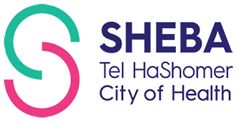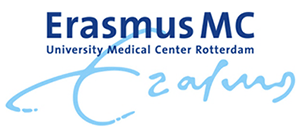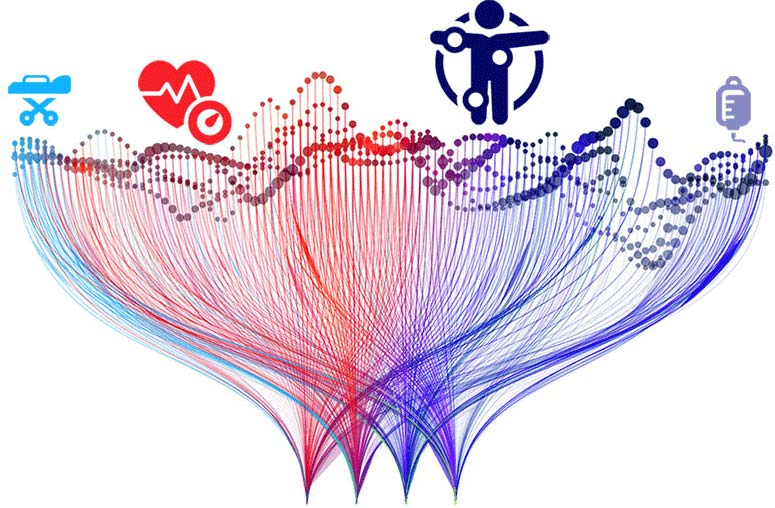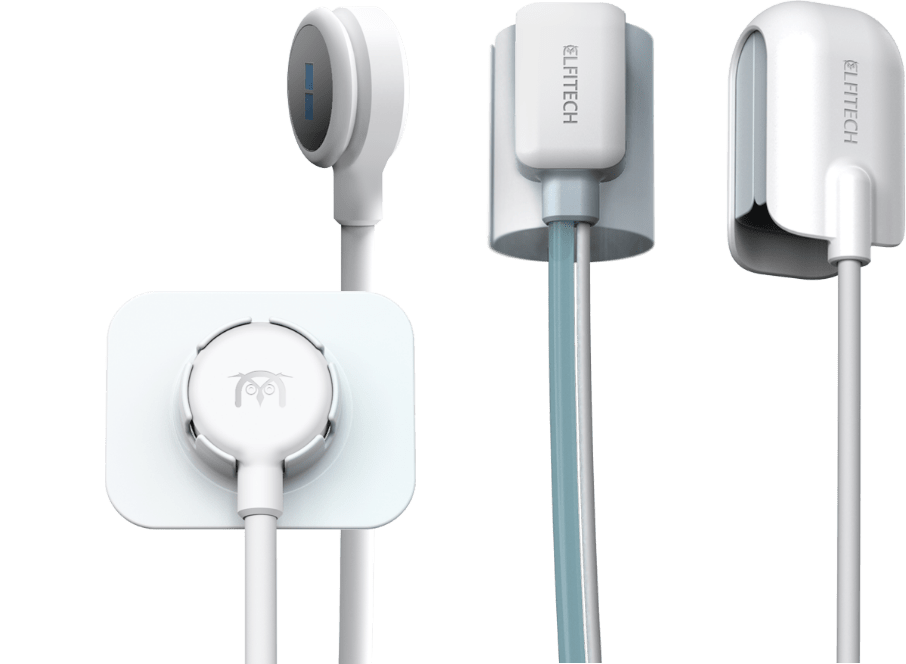Trusted by:









Technology
Our Hemodynamic-Peripheral Flow Patient Monitoring system uses a compact and versatile optical sensor to deliver superior physiological parameter measurement capabilities. Based on miniaturized dynamic light scattering (mDLS) technology and advanced algorithms for multi-parametric detection, our truly non-invasive solution offers continuous monitoring during surgery, recovery, and other critical care conditions such as low perfusion, shock/sepsis, and bleeding. The sensor readings are resistant to ambient light and not affected by skin pigmentation. Contrary to the PPG sensor that measures blood volume fluctuations, our proprietary solution measures blood flow and other hemodynamic parameters, opening the door to endless opportunities for new applications.



Unique Sensor
Our compact and non-invasive sensor is based on Miniaturized Dynamic Light Scattering (mDLS) technology and proprietary signal processing algorithms. The versatile sensor can be placed anywhere on the body and can effectively measure a range of cardiovascular and physiological parameters. This flexibility allows for numerous app integration possibilities, from wearable patches to implantable neuromodulation devices. The sensor is resistant to the most challenging ambient light conditions and is not affected by any skin pigmentations.
Elfi-Tech’s sensing technology is not yet FDA cleared for commercial use. Expected US launch by 2024.
Use Cases
Reduced Healthcare Costs
Reduced healthcare costs associated with peripheral blood flow monitoring are linked to shorter hospital stays, minimized intensive care resources, fewer diagnostic tests such as imaging studies and laboratory tests, reduced need for treatments such as mechanical ventilation and vasoactive medications, avoidance of secondary complications such as organ failure and fewer hospital readmissions.
Guiding Rehabilitation Programs
Especially after surgeries or injuries that impact circulation, monitoring blood flow during exercise or therapy sessions can help optimize rehabilitation programs, ensuring that the interventions are tailored to the individual's needs and maximizing the effectiveness of treatment.
Reduced Costs of Procedures
Identifying patients who are at high risk for complications from procedures. Early detection of reduced blood flow can assist in treatment modifications in a timely manner rather than in emergency or critical conditions.
Personalized Treatment Planning
Providing clinicians with objective data on an individual's circulatory health, to optimize medication management, lifestyle modifications, and interventions, resulting in better outcomes, reduced complications, and overall healthcare cost savings.
Reduced Hospital Stays
Providing a full picture of the patient status could allow for patients to be discharged from the hospital sooner. Form-factors with the integrated mDLS sensor enable exciting new home monitoring applications.
Preventing Complications
Early detection of critical ischemic episodes or worsening circulatory conditions can help prevent complications such as non-healing wounds, ulcers, infections and even limb amputation.
Reduced Readmission Rates
Identifying patients who are at risk for readmission and providing them with the appropriate interventions. Prior to releasing a patient, health care providers can more accurately evaluate the patient status and level of risk for deterioration.
Machine Learning
Machine learning can create predictive models that can forecast a patient’s hemodynamic status, such as the risk of developing sepsis or shock, based on their vital signs, lab results, and other data. Machine learning can also analyze real-time hemodynamic data and alert healthcare providers of any abnormal changes, such as a sudden drop in blood pressure. These alarms can be managed to alert healthcare providers only when necessary, which can reduce alarm fatigue and improve patient care. Machine learning can also automatically diagnose hemodynamic conditions based on vital signs and other data, such as sepsis or hypovolemic shock, which can help to identify patients at risk of developing complications. These algorithms can be used to create personalized treatment plans based on a patient’s hemodynamic status and other factors, and can identify patterns in the data that are not obvious to the human eye, which can help to identify patients at risk of developing complications and to adjust therapy accordingly.

Testimonials

Professor Irwin Reiss
Head of Neonatology
ERASMUS MC
‘Elfi-Tech’s blood flow sensor has the potential to add a new dimension to our understanding of patient conditions in more detail’

Professor Albert Dahan
Head of the Anesthesia & Pain Research Unit
Leiden University Medical Center
‘By monitoring peripheral blood flow, we gain vital seconds or even minutes of warning prior to critical patient events’
Publications and Patents
Strong INTELLECTUAL
PROPERTY
- PROPRIETARY ALGORITHMS AND KNOW-HOW
- 16 PATENT APPLICATIONS IN 5 PATENT FAMILIES
- Covering the technology and applications
- 13 granted with coverage in the US, EU and Japan
Clinically Proven Technology
- 8 publications in peer reviewed journals
- 9 conference papers and posters
- 406 citations
- 12 Clinical trial sites in the US, EU and Israel covering multiple mDLS applications
Links to Publications
- A novel non-invasive method of measuring microcirculatory perfusion and blood velocity in infants: a pilot study
- New noninvasive index for evaluation of the vascular age of healthy people and patients
- Impact of Fitness Status on the Optically Measured Hemodynamic Indexes
- In vivo dynamic light scattering microscopy of tumor blood vessels
- Possible Error in Reflection Pulse Oximeter Readings as a Result of Applied Pressure
- Postoperative Hemodynamic Index Measurement With Miniaturized Dynamic Light Scattering Predicts Colorectal Anastomotic Healing
- In vivo dynamic light scattering imaging of blood coagulation
- A noninvasive method of examination of the hemostasis system
- Preliminary clinical evaluation of a noninvasive device for the measurement of coagulability in the elderly
Contact us at info@elfi-tech.com
© Copyright Elfi-Tech. 2023. All Rights Reserved.
Website by GROW.
Privacy Policy | Terms of use




